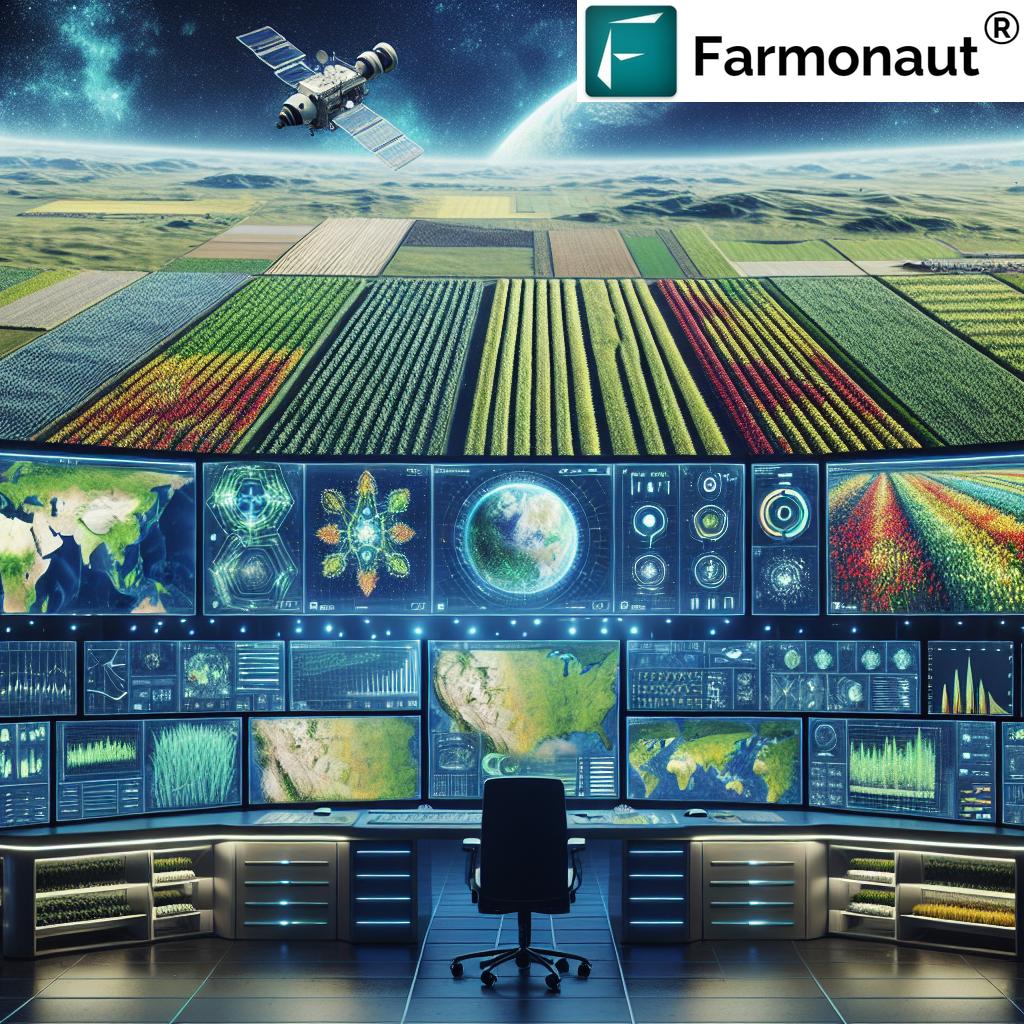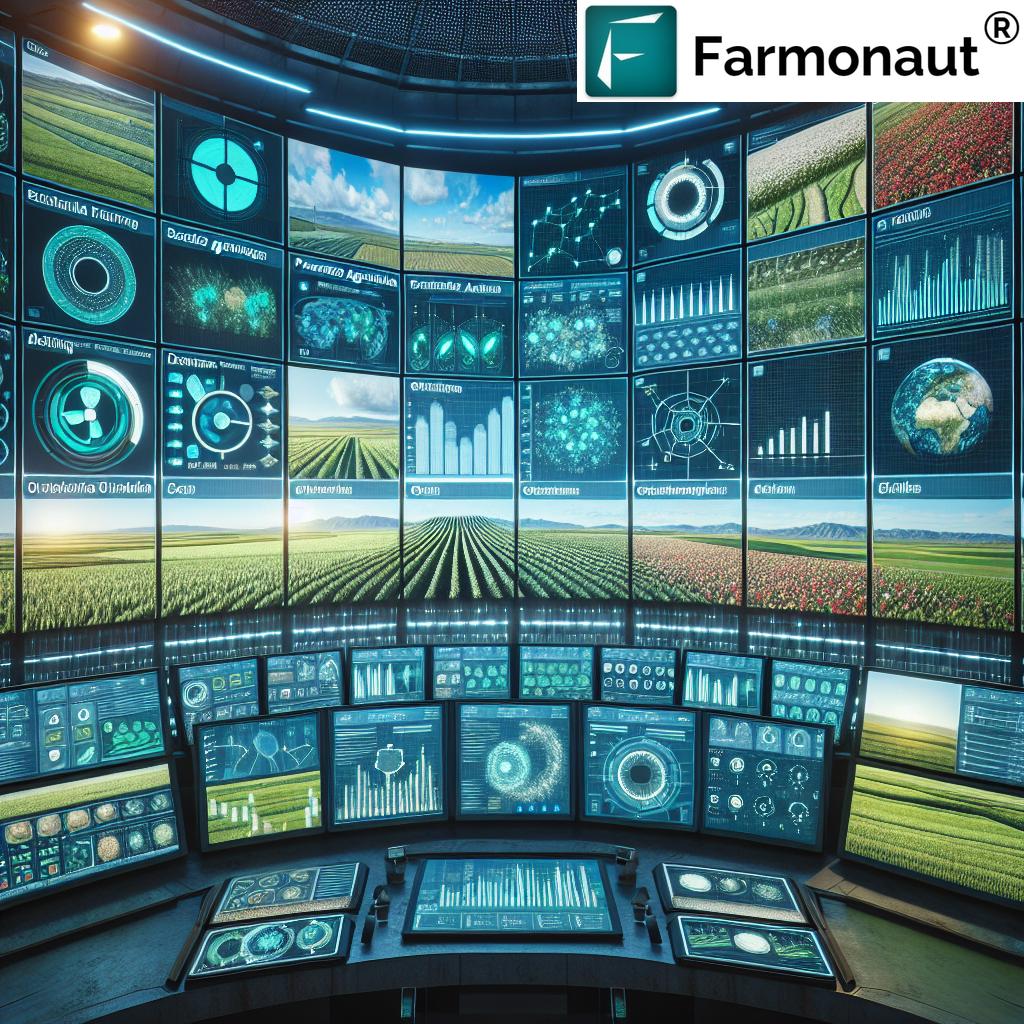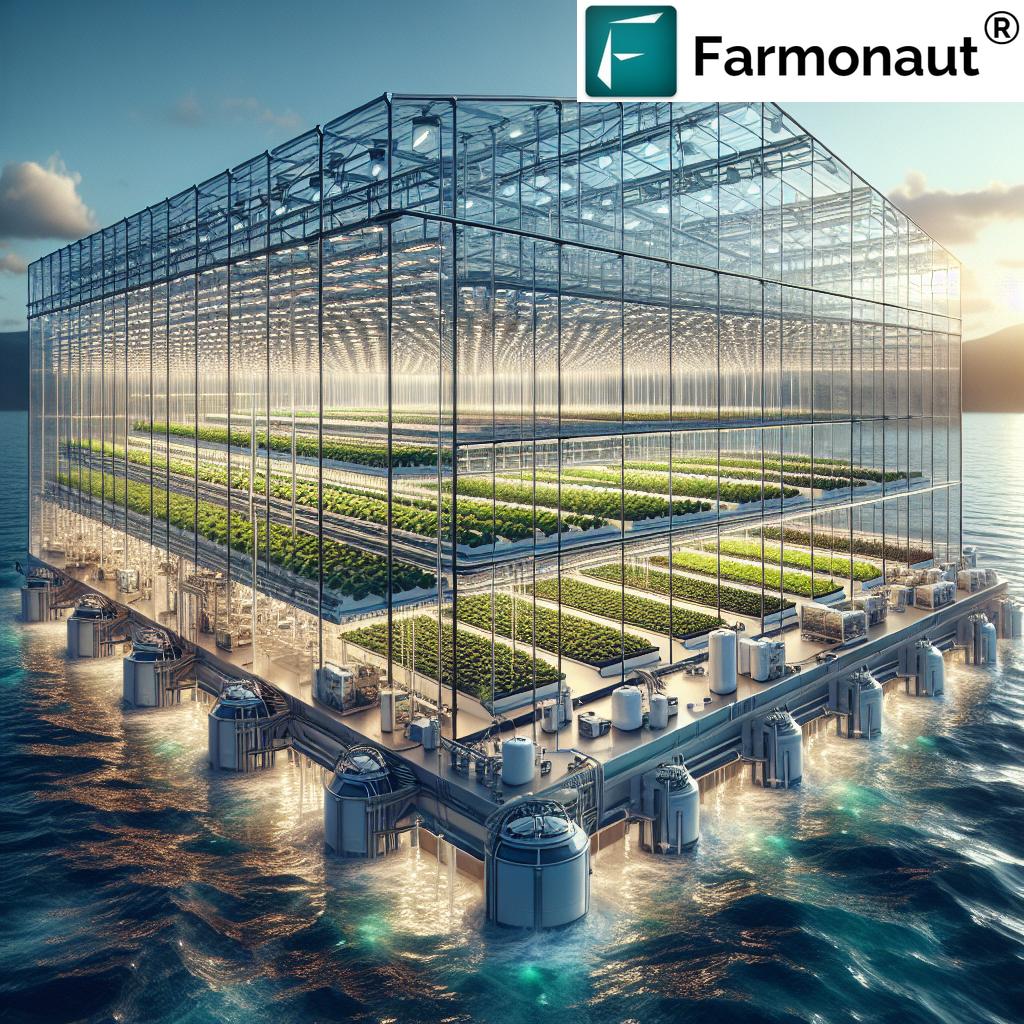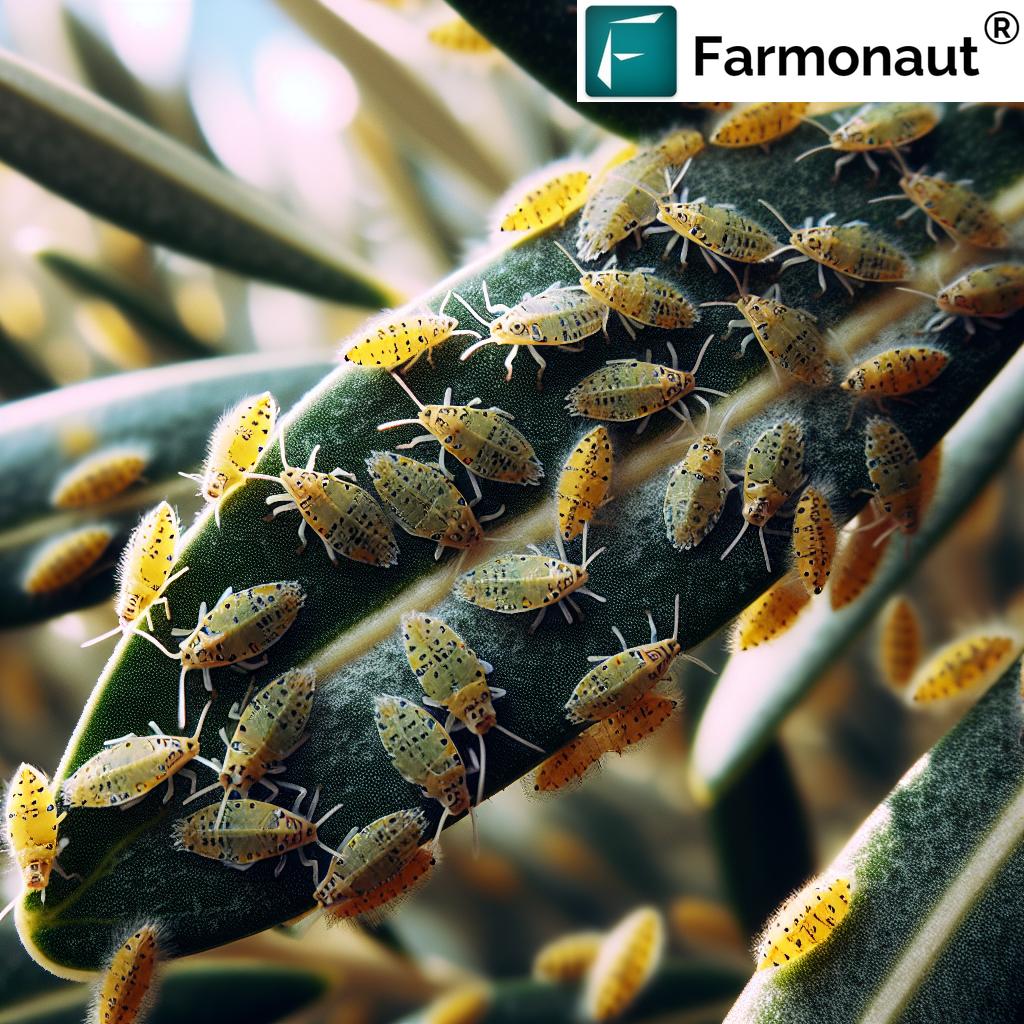Are There Models That Focus on Minimal Chemical Use? Comprehensive Guide to Sustainable Agriculture Models in 2025
Introduction
Are there models that focus on minimal chemical use? By 2025, this critical question sits at the heart of the global agriculture and environmental agenda. With the world’s population — and the demand for food — steadily growing, so too do the concerns around soil health, ecosystem degradation, biodiversity loss, and human well-being.
Modern farming practices, while remarkably productive, often rely on significant amounts of synthetic chemicals — such as pesticides, herbicides, and fertilizers. These inputs, though effective, have far-reaching environmental impacts. In recent years, an increasing number of models have arisen and been adopted to minimize chemical use, creating new hope for sustainable and resilient food systems.
This blog explores these models, the scientific and technological advances behind them, and the way forward for agriculture in 2025 and beyond.
Why Minimizing Chemical Use Is Critical in 2025
In the evolving world of agricultural production, our quest to minimize the use of synthetic chemicals has never been more critical. The overuse of chemicals has led to negative outcomes that cannot be ignored:
- Soil degradation and loss of soil health from persistent chemical residues
- Leaching and runoff causing water pollution and aquatic ecosystem loss
- Biodiversity loss of beneficial insects, birds, pollinators, and soil microbes
- Increasing pesticide resistance in pest populations
- Concerns about human health from pesticide residues in food and drinking water
The need to reduce and ideally eliminate the reliance on these synthetic inputs is gaining prominence across policymaking, scientific communities, and among farmers seeking sustainability and lasting productivity.
Below, we’ll dissect proven and innovative frameworks that demonstrate the viability of minimal chemical use in modern agriculture — and how these are being further improved and scaled in 2025.
Understanding Proven and Innovative Models That Focus on Minimal Chemical Use
Are there models that focus on minimal chemical use? Absolutely. Over the last two decades, several distinct models have arisen, each with unique principles, methods, and impacts — often overlapping, but each worth understanding in detail:
- Integrated Pest Management (IPM)
- Organic Farming
- Agroecology / Agroecological Systems
- Precision Agriculture
Integrated Pest Management (IPM): The Balanced Approach
Integrated Pest Management — often shortened to IPM — remains one of the most widely adopted models focusing on minimal chemical intervention. Originally developed in the mid-20th century, IPM has evolved, growing in adoption by 20% globally between 2020 and 2025.
Core Principles of IPM
- Monitoring and identification: Regular monitoring of pest populations helps farmers identify when intervention is needed rather than relying on blanket schedules.
- Threshold-based intervention: Chemicals are only used when pest levels threaten economic damage.
- Combination of methods: IPM emphasizes a combination of biological control (using natural predators or parasitoids), cultural practices (like crop rotation and resistant varieties), mechanical controls (such as traps and barriers), and resorting to chemicals only as a last resort.
Key IPM strategies include:
- Habitat management to support natural enemies of pests
- Intercropping or crop diversity
- Timely planting and harvesting to avoid peak pest windows
- Spot treatments rather than whole-field chemical spraying
- Biopesticides and pheromone traps
Advances in pest forecasting, remote sensing, and drone imagery now empower IPM practitioners to be even more precise and efficient.
For example, AI-powered decision support systems can analyze satellite imagery to detect early signs of infestation and advise on targeting treatments only to affected areas, minimizing chemical volume and exposure.
IPM’s foundation—to apply synthetic chemicals only when strictly necessary—reduces unnecessary input and safeguards soil, human health, and the environment.
Organic Farming: Returning to Natural Inputs
Organic farming bans synthetic chemical inputs altogether. Instead, it relies on natural compost, green manure, crop rotations, and biological pest control. By 2025, organic certifications are experiencing an unprecedented surge, driven by erosion of trust in synthetic chemical food systems and consumers’ growing preference for sustainability and food safety.
Organic Farming Principles
- No synthetic herbicides, pesticides, or fertilizers allowed. Organic bans their use altogether.
- Favoring biological/organic controls: application of biopesticides (derived from naturally occurring microbes or plant extracts), physical and mechanical weeding, and promotion of beneficial organisms in the ecosystem.
- Comprehensive soil health management via compost, green manure, and legume-based rotations to fix nitrogen naturally.
- Agro-biodiversity: Crop rotations, polycultures, intercropping, and cover cropping disrupt pest cycles and improve soil structure.
- A strict system of regulated certifications, ensuring food safety for consumers.
Innovations in biofertilizers and biopesticides — such as fermentation products, beneficial fungi, and pheromone disruptors — offer new tools to organic farmers. Yet, challenges like lower yields, weed pressure, and labor intensity remain real; however, organic agriculture remains a cornerstone model for reducing chemical runoff and promoting ecosystem services.
Want to see how organic models are transforming high-value sectors? Watch this in-depth look at sustainable viticulture:
For the latest technology-backed approaches to organic vs. chemical defense, explore:
Agroecology: Ecological Principles for Agricultural Integrity
Agroecology goes beyond a set of farming practices — it is a systemic approach to harmonizing agriculture with natural ecological principles. In essence, agroecological models integrate biodiversity, ecosystem functions, and social resilience to build stable, chemical minimal systems.
Key Agroecological Approaches
- Polyculture & Intercropping: Multiple crops grown together to confuse pests, utilize space, and encourage natural predators.
- Agroforestry: Integrating trees, crops, and livestock for a multilayered, robust ecosystem that naturally manages pests and nutrients.
- Habitat Conservation: Creation of wild margins and refuges for beneficial organisms, pollinators, and birds.
- Closed-loop nutrient cycling: Using farm waste and cover crops to foster internal fertility rather than importing synthetic fertilizers.
- Reduced tillage and minimal soil disturbance to protect soil structure, organic matter, and biodiversity.
Often, agroecological methods eliminate or greatly reduce synthetic chemical need thanks to natural system self-regulation.
By 2025, these practices are increasingly adopted both at local and landscape scales, especially where resilience to climate change and community food sovereignty are priorities.
Regenerative agriculture—sometimes considered a subset of agroecology—is rapidly rising in prominence for rebuilding soil health, sequestering carbon, and restoring lost biodiversity through chemical-free approaches.
Want to know how to track your farm’s environmental footprint? Explore Farmonaut’s Carbon Footprinting Tools — ideal for sustainability professionals and farmers aiming for low-emission agriculture.
Precision Agriculture: Technologies for Minimal Chemical Application
By 2025, precision agriculture technology is reshaping how farmers use chemicals — making minimal application a reality. This model is grounded in using digital tools to ensure that inputs of all types (nutrients, pesticides, irrigation) are delivered in exactly the right amount, at the right place, at the right time.
Precision Agriculture Methods
- Soil sensors for mapping soil fertility and identifying nutrient needs — reducing unnecessary fertilizer use.
- GPS-guided machinery and drones deliver pinpoint application of fertilizers and pesticides.
- Variable-rate application technology ensures chemicals are only applied where needed.
- Machine learning and AI-based decision support models for pest forecasting, crop stress detection, and yield optimization.
- Remote sensing (satellite and UAV imagery) to spot problems early for targeted action, slashing chemical use and costs.
Using tools like Farmonaut, farmers access real-time satellite data on crop health, soil moisture, and pest outbreaks, allowing them to act precisely and avoid blanket chemical applications.
Precision agriculture, when combined with IPM and agroecological insights, forms highly efficient, scalable, and sustainable frameworks that are propelling agriculture forward.
Many modern farm managers, consultants, and sustainability-focused growers rely on integrated platforms for this purpose. Check Farmonaut’s Large-Scale Farm Management Tools, designed to optimize operations using satellite-driven data with minimal chemical reliance.
Looking for resource management or logistical optimization for your farm fleet, reducing waste and inefficiency? Get to know Farmonaut Fleet Management, which uses satellite tracking to fine-tune fleet activity and reduce operational impact.
Interested in integrating advanced weather forecasting and remote sensing into your ag-tech applications? Explore Farmonaut’s robust API solutions:
- Farmonaut API for satellite-driven data
- Developer docs for quick and seamless integration
Boost your precision farming and data-driven sustainability efforts, leveraging satellite and AI for minimal chemical intervention.
Comparative Table: Sustainable Agricultural Models & Minimal Chemical Use
| Model Name | Core Principle | Estimated Chemical Reduction (%) | Environmental Benefits | Challenges/Limitations |
|---|---|---|---|---|
| Integrated Pest Management (IPM) | Monitor pests, use a combination of biological, cultural, and mechanical methods, apply chemicals only when needed | 40–60% | Reduces environmental contamination, protects beneficial species | Requires training, constant monitoring, and decision support; partial chemical use remains |
| Organic Farming | Bans synthetic chemicals, leverages natural/biological inputs and practices | 90–100% | Improved soil health, minimal residues, increased biodiversity, water safety | May lower yields, higher labor and input costs, transitioning challenges |
| Agroecology | Integrates ecological principles, enhances biodiversity, leverages natural ecosystem services | 60–90% | System resilience, climate change adaptation, soil carbon sequestration | Varies by crop/system, knowledge-intensive, scaling can be complex |
| Precision Agriculture | Targets inputs using data (sensors, AI, satellite), only where/when necessary | 20–50% | Resource efficiency, reduced pollution, optimal yields/returns | Investment cost, technology adoption and training, digital divide |
Challenges and Limitations on the Path to Minimal Chemical Use
While models focusing on minimal chemical use are highly effective, they do face notable challenges:
- Knowledge and Training: Farmers need updated skills and support services (extension, advisory) to implement these models effectively.
- Initial Investment: Some systems (e.g., precision agriculture) require upfront investment in sensors, machinery, or digital platforms. However, affordable and scalable solutions—such as Farmonaut Carbon Footprinting for tracking and optimizing resource use—are increasingly available.
- Transition Risks: Moving away from established chemical-based practices brings risks—such as short-term yield drops or unforeseen pests “escaping” biological control.
- Policy Alignment: Governments must incentivize environmentally-friendly models — for example through certification schemes (like organic), environmental market access, or subsidized tech upgrades.
- Market Demand: Scaling these models globally depends on informed and consistent market demand, which must be supported through education and advocacy.
Despite these challenges, new drivers for adoption emerge every year. Digital tools, like Farmonaut’s crop plantation, forest & advisory platform, give both individual farmers and large operations holistic, real-time support as they shift to sustainable models.
Start minimizing chemical use with satellite-powered insights:



How Farmonaut Supports Sustainable Agriculture and Minimal Chemical Use
Farmonaut is a pioneering satellite technology company dedicated to making advanced, satellite-driven insights affordable and accessible across the agricultural sector. While Farmonaut is not an input seller, online marketplace, or regulatory body, our solutions empower farmers, agronomists, businesses, and governments to minimize chemical reliance through actionable, technology-backed data.
Farmonaut Solutions Relevant for Minimal Chemical Use
- Satellite-Based Monitoring: Real-time satellite imagery enables quick detection of pest outbreaks, crop stress, and soil problems. This means chemicals only need be applied sparingly and exactly where necessary.
- Jeevn AI Advisory: AI-driven advisory systems (like Jeevn AI) process satellite and field data to generate targeted advice—practical for integrated pest management, organic transition, or precision chemical application.
- Blockchain Traceability: Enhance consumer trust and prove sustainable agricultural practices by linking food products to their growing conditions via Farmonaut traceability.
- Carbon Footprinting & Environmental Impact: Use Farmonaut’s carbon footprinting platform to track chemical and input use, monitor ecosystem impact, and support your sustainability reporting.
- Fleet and Resource Management: Optimize tractor, sprayer, or harvester routes, cut fuel usage, and reduce farm emissions with Farmonaut’s fleet management solution.
- Custom Integrations & API: For ag-tech start-ups, consultants, or enterprise players: Farmonaut’s API provides direct access to satellite, weather, and agronomy insights for customized farm solutions (read developer docs here).
- Finance & Certification Verification: Satellite-backed verification can validate claims for organic transition, crop loans, and sustainability certifications—making compliance and access to services smoother and more transparent.
Available via Web, iOS, and Android, Farmonaut’s solutions scale from small family farms to global agricultural enterprises, helping the world advance toward truly resilient, environmentally harmonious food systems.
Future Trends: The Path Forward Beyond 2025
The future of sustainable agriculture is already being shaped by advances in minimal-chemical models. As we move beyond 2025, several key trends will make these approaches more mainstream, effective, and widespread:
- AI & Data Integration: Next-generation decision support systems will combine satellite data, remote sensors, field observations, and cloud-based analytics for “digital twin” farms, ensuring minimal chemical use and maximum sustainability.
- Affordable & Scalable Tech: Micro-satellites, drones, open-source platforms, and app-based advisory will break down barriers to technology adoption — making models like IPM and precision farming accessible to all sizes of farms.
- Ecological Intensification: Agroecological methods will become the blueprint for regenerative and climate-positive farming — emphasizing natural cycles, closed-loop systems, and integrated land management.
- Regulatory & Market Pressures: Both government policies (carbon pricing, chemical taxes, sustainability mandates) and consumers (“chemical-free” labeling, fair-trade certification) will push for continued reduction in chemical inputs.
The world is moving irreversibly toward balanced, ecosystem-based models for food production, and the tools to achieve this are now at every farmer’s fingertips.
Frequently Asked Questions about Models Focusing on Minimal Chemical Use (2025)
-
Are there models that focus on minimal chemical use in both smallholder and large-scale agriculture?
Yes. Models such as Integrated Pest Management (IPM), organic farming, agroecology, and precision agriculture scale well from small family farms to large enterprises. Advances in technology, advisory services, and support tools (like Farmonaut’s web and mobile apps) make it possible for all farm sizes to adopt these models. -
How do precision agriculture technologies minimize chemical inputs?
Precision agriculture uses satellites, drones, sensors, and AI to monitor conditions in real time. Inputs (like pesticides and fertilizers) are only applied where, when, and at the rates needed. This can cut chemical use by 20–50% or more compared to traditional methods. -
Is it possible to eliminate chemicals entirely in modern farming?
Organic and agroecological models aim to eliminate synthetic chemicals altogether, using natural inputs and ecological processes. In certain commercial or high-pressure production systems, some chemical use may still occur, but the goal is always minimal intervention. -
What role do policy and market incentives play?
Policy frameworks, certifications (like organic), and consumer demand (for chemical-free food) are key drivers. Governments may support transitions with training, grants, or market access incentives that reward minimal chemical use. -
How is return on investment (ROI) affected by these models?
Early transition may involve costs/training, but long-term ROI often improves through reduced input costs, price premiums (organic), healthier soils, and reduced environmental and health risks. -
How can technology providers like Farmonaut help farmers reduce chemical inputs?
Farmonaut provides real-time crop monitoring, environmental impact tracking, and API integration for decision support, making it easier for both beginners and advanced users to implement minimal-chemical frameworks successfully. -
What is a decision support system in sustainable farming?
These are digital platforms (often powered by AI and satellite data) that synthesize farm and environmental information to provide targeted recommendations, ensuring that synthetic chemical application is only used as a last resort. -
Do these models also help improve soil health and biodiversity?
Yes! By minimizing or eliminating synthetic chemical use, these models protect soil microbiomes, promote healthier water cycles, encourage pollinator presence, and restore on-farm biodiversity. -
Are there global trends showing the rise of these models?
Absolutely. For example, IPM adoption grew by 20% worldwide between 2020 and 2025, with organic and agroecological models gaining similar prominence in both Global North and South. -
What are the main barriers to scaling minimal-chemical models?
Barriers include the need for more tailored knowledge, investment in digital tools, robust advisory services, political support, and consumer education for wide market adoption.
Conclusion: The Road to an Eco-Friendly, Productive Future
Are there models that focus on minimal chemical use? In 2025, this question is settled not just by theory, but by widespread practice.
- Integrated Pest Management (IPM) offers a balanced, effective bridge between conventional and sustainable practices—slashing chemical use while protecting farmer livelihoods.
- Organic farming puts health, ecology, and food safety above all—banning synthetic chemicals altogether and driving innovations in natural solutions.
- Agroecological models create robust ecosystems on-farm—leveraging plant and insect biodiversity to supply food, not chemicals.
- And precision agriculture ensures not a drop or gram of agrochemical is wasted, thanks to remote sensing, AI, and real-time decision support.
At Farmonaut, our mission is to empower all agricultural actors with satellite-based, AI-enhanced insights and help minimize chemical use—supporting a future that balances productivity, ecological integrity, and planetary health.
Ready to start your journey toward smarter, more sustainable farming?
Try the Farmonaut platform via our Web App, API, or download the mobile apps below:
Let’s shape the future of agriculture together — with advanced models, the latest technology, and a shared commitment to minimal chemical use and environmental sustainability.











